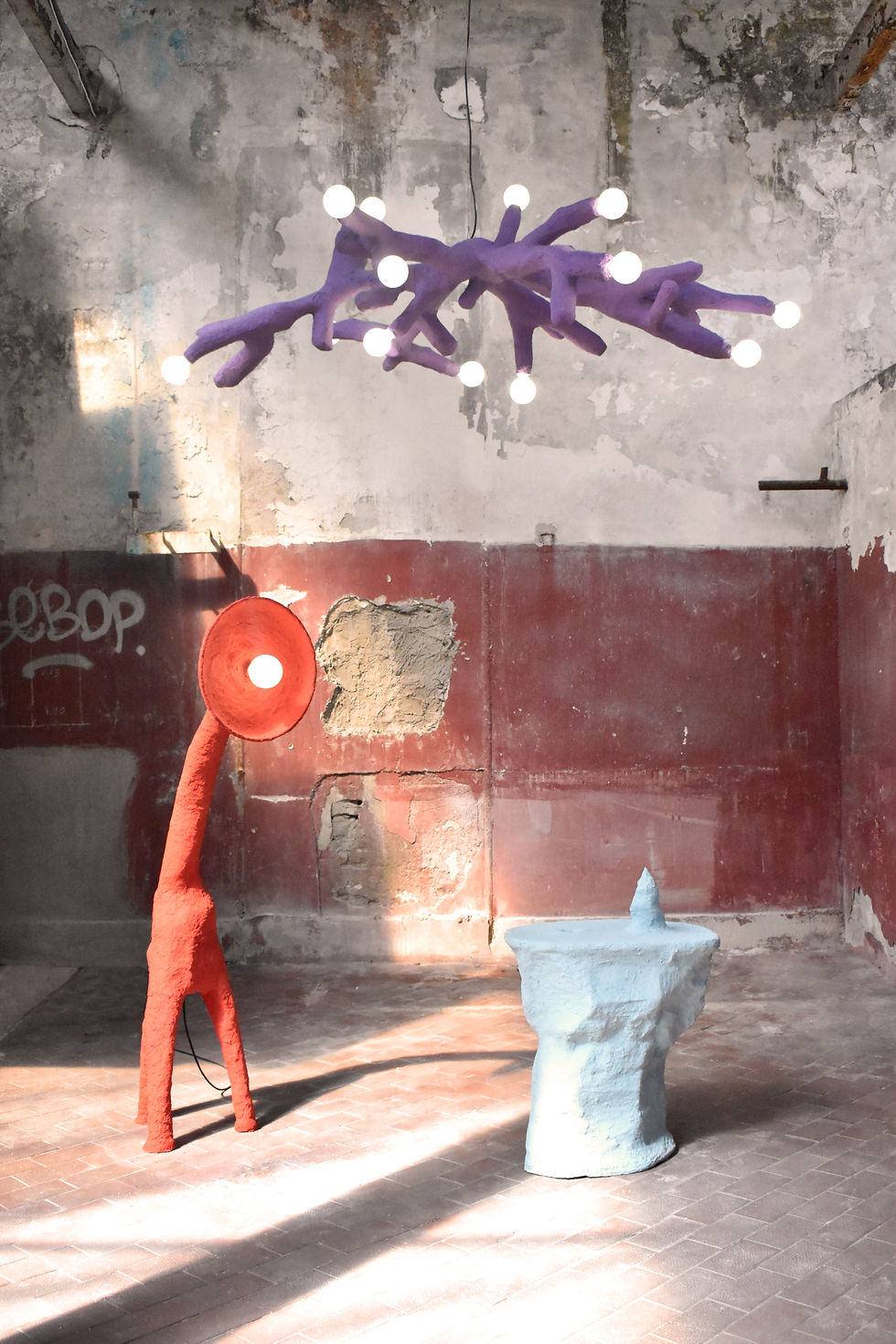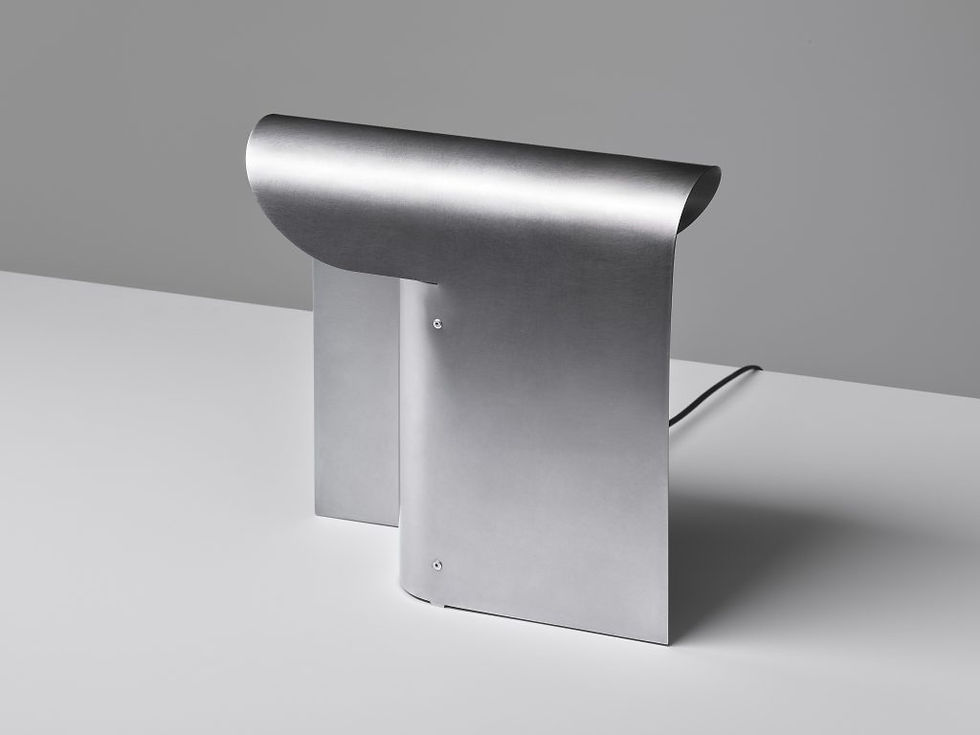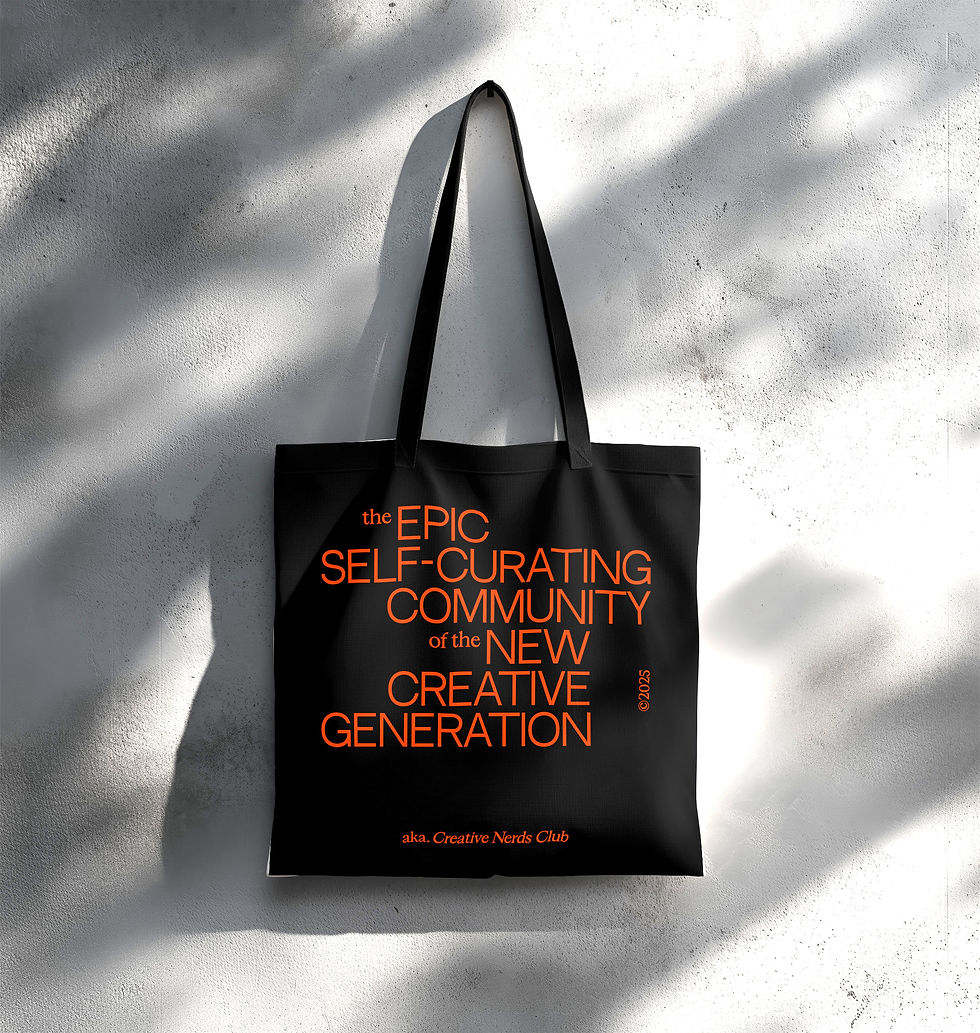Jonathan Bocca | Designer & Curator
- Tuna Mert
- Oct 26
- 5 min read

Designer Jonathan Bocca, from Lucca, Tuscany, reinterprets the legacy of his hometown’s paper industry through a contemporary design language. His practice explores both the physical and emotional resilience of materials, transforming industrial paper waste into sculptural forms made from his own composite of pulp, sand, and natural binders. The result is a material that embodies sustainability and endurance—where fragility meets permanence.
For Bocca, design exists at the intersection of concept and craft. Each piece becomes a dialogue between tradition and transformation, where the ephemeral nature of paper is turned into something lasting and poetic. His process is as much about patience and responsibility as it is about experimentation—an act of respect toward the material’s own logic.
Interview: Tuna Mert Topuz

Who is Jonathan Bocca? Can you briefly introduce yourself?
I’m Jonathan Bocca, a maker from Lucca, Tuscany. My background is in Interior and Furniture Design at IED Firenze, and I later joined Fabrica Research Center in Treviso, where I began experimenting with new material languages. My hometown has a deep connection to the paper industry, and that legacy has shaped my practice. I transform recycled paper waste from local factories into durable, expressive composites that challenge perceptions of fragility and permanence. My work sits somewhere between design, sculpture, and craft, driven by the idea of transforming discarded matter into poetic, enduring forms.
How would you define your design philosophy?
My philosophy is simple: materials carry meaning, and design should make that meaning visible. I see design as a way to merge concept and craft, to give form to ideas that are both tactile and reflective. Working with waste isn’t a stylistic choice; it's a necessity. I believe the future of design depends on how we rethink resources, not how we hide them. I approach each piece as a balance between experimentation and responsibility. I want my work to feel dreamlike yet grounded, made with care, precision, and a deep respect for material integrity. For me, good design lasts not only physically, but emotionally.
You often work with recycled paper as a structural material. What drew you to this medium, and what possibilities or limitations does it open up for you in your creative process?
I was drawn to recycled paper because it connects directly to where I come from Lucca, a city built on paper production. I wanted to take what’s left behind industrial scraps, pulped waste, and transform it into something strong, sculptural, and permanent. Paper has a fascinating duality: it’s fragile, yet capable of immense transformation. By developing my own process, I discovered a way to turn it into a highly durable, organic composite that’s almost architectural in its behavior. It’s a medium that gives me total freedom of form while carrying a powerful message about reuse and regeneration. Of course, it comes with limitations, variability, and time-intensive processing, but those challenges are part of the beauty. They demand attention, patience, and respect for the material’s own logic.
"Paper has a fascinating duality: it’s fragile, yet capable of immense transformation. By developing my own process, I discovered a way to turn it into a highly durable, organic composite that’s almost architectural in its behavior."

Can you share a bit about the production process in your projects?
Everything starts with collecting paper waste from local industries. I shred, pulp, and mix it with sand and natural binders, creating a compound that I can sculpt, mold, or layer. Each piece begins with sketches or models, but the real design happens through the dialogue between hand and material. Often, I build a structural core in wood or metal, then apply the paper composite over it. Once cured, it’s sanded, sealed, and finished, sometimes combined with other materials like marble or glass. The process is slow, but intentional. Every stage from collection to curing is about finding the balance between craft and material experimentation. I treat production as both a technical process and a narrative act.
Your objects blend seemingly fragile materials with surprisingly solid structures. How do you approach the tension between delicacy and durability in your work?
That tension between fragility and solidity defines my work. I love materials that deceive the eye objects that look delicate but reveal unexpected strength. Structurally, I often use hidden frameworks of wood or metal to support the composite. But just as important is the psychological durability of the piece: the way it communicates strength, resilience, and permanence through a humble material. I’m fascinated by the contrast to the idea that something born from waste can feel monumental. For me, durability is not only physical; it’s about creating objects that people want to keep, care for, and pass on.
"Just as important is the psychological durability of the piece: the way it communicates strength, resilience, and permanence through a humble material. I’m fascinated by the contrast to the idea that something born from waste can feel monumental."
In projects like Tradizione, you combine paper pulp, wood, and marble—each carrying its own symbolism and history. How do you select materials for a project, and how much of that decision is conceptual versus practical?
In projects like Tradizione, I combine paper pulp, wood, and Carrara marble materials that each hold their own symbolic and tactile weight. Conceptually, I choose materials that speak to history and territory. Carrara marble represents permanence and tradition; paper pulp represents renewal and transformation; wood represents craft and structure. Together, they tell a story about Italy’s past and its future. Practically, these materials also complement one another: wood gives structure, marble provides durability, and the paper composite brings texture and identity. In my process, concept and practicality are inseparable. The idea drives the choice, but the material always answers back. That conversation between intention and constraint is where design truly happens.
You’re not just a designer but also a curator. In Design in a Real World, you explored process-driven practices. How does curating other people’s work influence your own perspective as a maker?
Curating has become an essential part of my practice. In Design in a Real World, I explored process-driven design through the work of others, and that experience fundamentally changed how I see my own. Curating sharpens my eye. It forces me to think about context, intention, and narrative, not just object-making. Seeing how other designers approach materials and processes broadens my understanding of what design can be. It also deepens my sense of responsibility. As a curator, I build platforms for others; as a maker, I contribute to a larger dialogue. Both roles feed each other; they're two sides of the same creative ecosystem.

Looking ahead, are there any new materials, techniques, or collaborations you’re curious to explore that might push your practice in unexpected directions?
I’m currently exploring how to push my material research further. I’m interested in hybrid composites that combine my paper pulp with natural fibers or bio-resins, and in how digital fabrication, like 3D printing or CNC molds, could expand the geometry and precision of my work.I’d also like to explore larger-scale installations, bringing my materials into architecture or landscape contexts. And collaboration is key. I want to work with artisans, scientists, and other designers to find new ways of thinking through matter. Ultimately, I’m driven by curiosity. Every material holds potential, every process tells a story. My goal is to keep discovering what lies between tradition and transformation, between craft and innovation.




















































